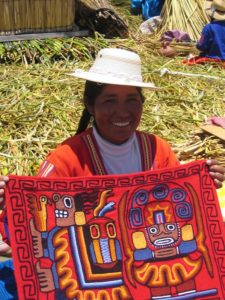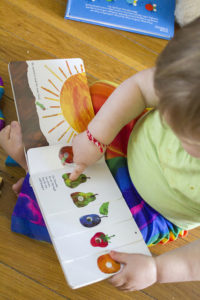Peru has two official languages: Spanish and Cuzco Quechua. There are now over 8 million  Quechua speakers in South and Central America. Twenty-five percent of all Peruvians speak Quechua, and many of them speak no Spanish.
Quechua speakers in South and Central America. Twenty-five percent of all Peruvians speak Quechua, and many of them speak no Spanish.
Here are some English words derived from Quechua, which was originally the language of the Incas: coca, condor, guano, gaucho, guanaco, Inca, jerky, lagniappe, lima [bean], llama, pampa, puma, quipu, quinine, quinoa, and vicuña.
Try some Spanish language activities. This site includes an on-line English-Spanish picture dictionary and an on-line Spanish-English dictionary, as well as information, quizzes and pictures to color!

 Being an au pair is an important role in a child’s life. When you are caring for a young child up to 45 hours per week, there are lots of opportunities to help them learn language. Many host parents are eager for their children to be exposed to foreign language. If this is true of your host parents, you can try the suggestions below, in both English and your native language.
Being an au pair is an important role in a child’s life. When you are caring for a young child up to 45 hours per week, there are lots of opportunities to help them learn language. Many host parents are eager for their children to be exposed to foreign language. If this is true of your host parents, you can try the suggestions below, in both English and your native language.